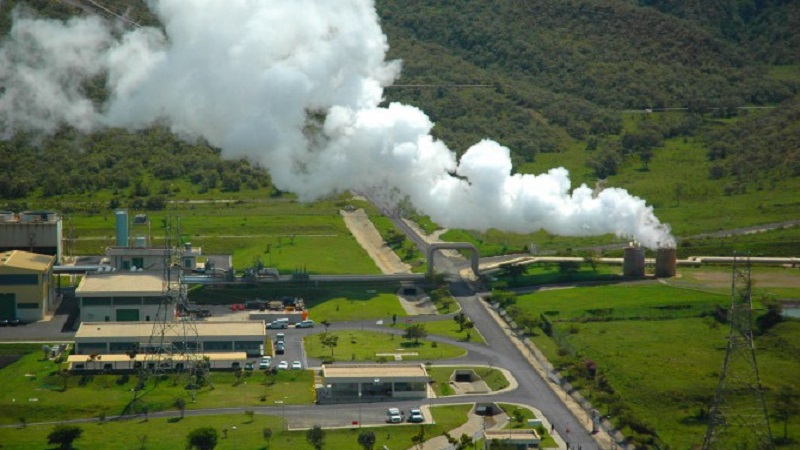

Uptake of the challenge of implementation corporate energy and carbon management strategies has taken some time, but businesses are now increasingly putting into place aggressive energy and carbon action plans, says resource efficiency and management company Environmental Resource Management technical director David Mercer.
“Where industries have lagged behind, I believe it has not been owing to a lack of will, but rather to factors such as regulatory uncertainty, lack of awareness and training, and the prevailing imperative to prioritise production output.
He notes that smart businesses recognise that a “deeper dive” is required for responsible energy stewardship by doing more than simply making a few technical tweaks or fixes. Sustainable energy management requires the involvement of people and systems, as well as technology, all of which require driving from a strategic standpoint.
Central to such a strategic standpoint, Mercer says, is ISO 50001, which is the international energy management standard that “indicates that an organisation has implemented an EnMS to an acceptably high level.
“The environmental impact, therefore, is owing to the EnMS, whereas the ISO standard verifies the EnMS,” he outlines.
An effective EnMS, he explains, provides a framework for managing energy effectively on an ongoing basis and ensures that continuous improvement is sustained as part of that framework, he explains.
Typical steps include the development of an energy policy at corporate level, fixing targets and objectives to meet the policy, use data to better understand and make decisions about energy use, results measurement and policy review, as well as continually improving energy management.
He further notes that effective energy management has direct financial benefits, which include reduced costs of energy use, reduced exposure to rising energy prices, increased availability of utility services, increased production reliability and production yields, improved equipment performance and reduced maintenance costs.
There are also indirect benefits because of operational improvements within the businesses, which often exceed the financial value of the energy saved, and include a reduced environ-mental impact from energy use and carbon dioxide emissions reductions, reduced noise in some cases, and improved comfort levels in buildings.





